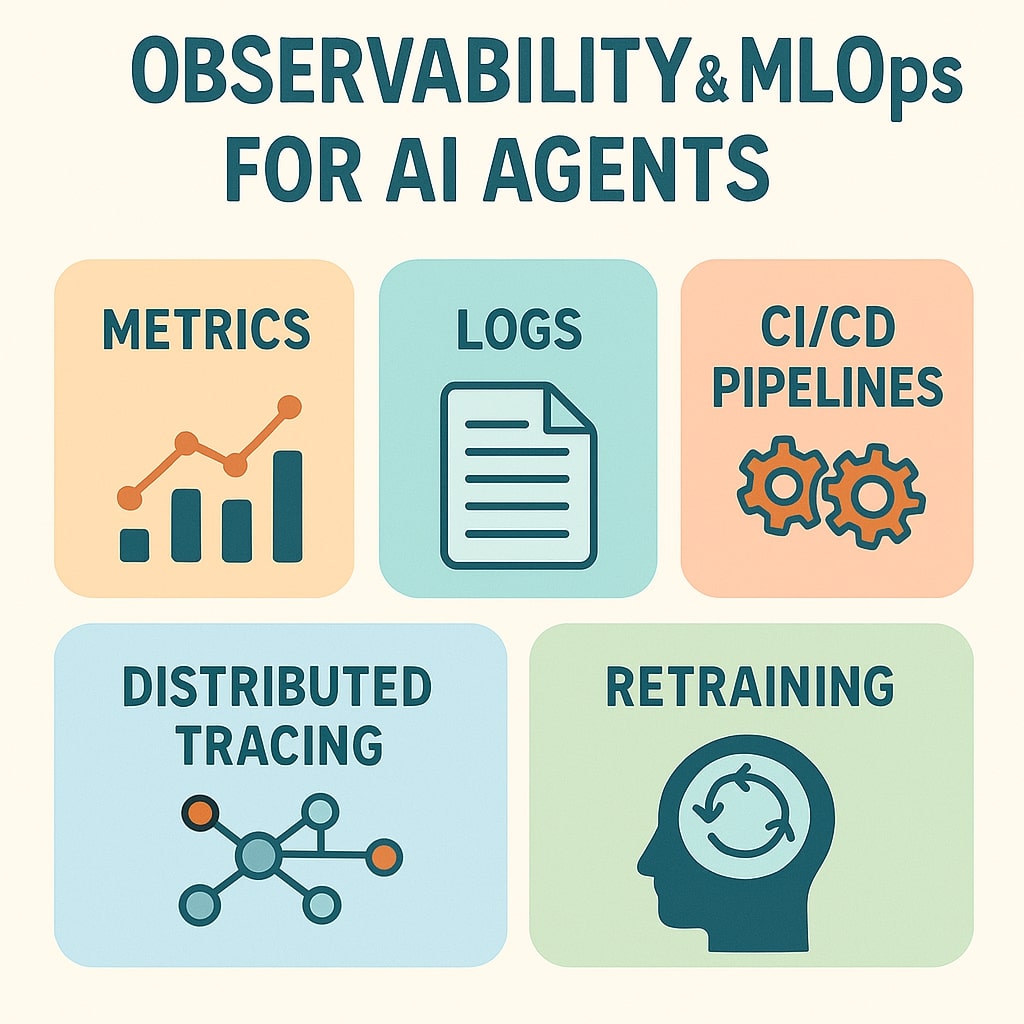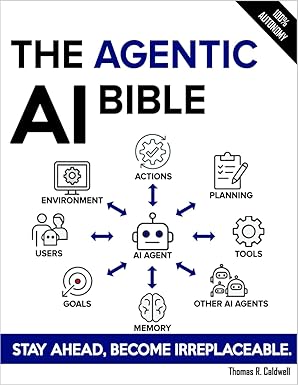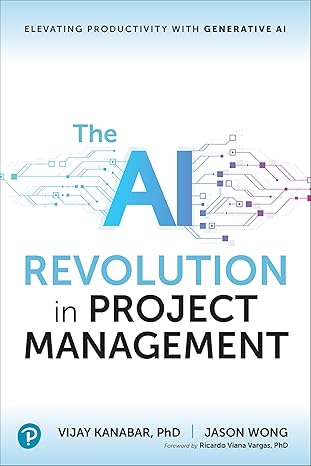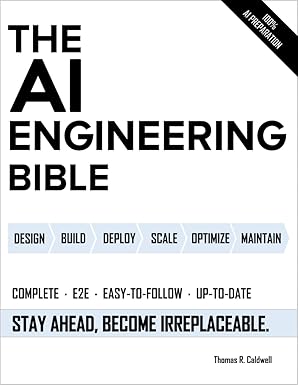Observability & MLOps for AI Agents

Ad Space
Observability & MLOps for AI Agents
Rolling out an AI agent is thrilling—watching it answer questions and automate workflows. But without observability and a solid MLOps pipeline, that excitement can quickly turn into firefighting. This guide equips you with concrete steps, code snippets, and real-world insights so you can monitor, troubleshoot, and iteratively improve your agent in production.
1. Why Observability Matters
AI agents orchestrate multiple systems: an LLM core, persistent memories, external APIs, and business logic. If something breaks, you need to know where and why—fast.
- Blind Spot Example: Last quarter, our sales-assistant bot suddenly dropped from 5 requests/sec to 1 rps. Surface-level metrics showed “model calls OK,” but customers experienced delays. Only after adding distributed tracing did we discover that a third-party CRM API had throttled us.
- Cost of Ignoring: Each minute of downtime or sluggish performance can cost thousands in lost revenue or user trust.
The Four Pillars of Observability
- Metrics
- Quantitative: throughput (rps), latency (ms), error rates (%).
- Instrumentation: use Prometheus client libraries.
from prometheus_client import Counter, Histogram REQUEST_LATENCY = Histogram( 'agent_request_latency_ms', 'Agent request latency in ms', buckets=[50, 100, 200, 400, 800] ) ERROR_COUNT = Counter('agent_error_total', 'Total agent errors') def handle_request(req): with REQUEST_LATENCY.time(): try: process(req) except Exception: ERROR_COUNT.inc() raise - Logging
- Structured JSON logs capturing context: user_id, session_id, model_version, memory_hits.
{ "timestamp":"2025-08-01T14:22:31Z", "level":"INFO", "user_id":"U1234", "step":"memory_lookup", "latency_ms":35, "memory_hit":true } - Tracing
- Follow a request end-to-end across services (planning → memory → tool → synthesis).
- Tools: OpenTelemetry, Jaeger, Zipkin.
from opentelemetry import trace tracer = trace.get_tracer(__name__) def plan_and_execute(req): with tracer.start_as_current_span("planning"): plan = generate_plan(req) with tracer.start_as_current_span("memory_fetch"): memory = fetch_memory(plan) with tracer.start_as_current_span("tool_invoke"): result = call_external_tool(memory) with tracer.start_as_current_span("synthesis"): return synthesize_response(result) - Alerting & Dashboards
- Set Grafana alerts on key metrics:
- P95 latency > 200 ms for > 5 min
- Error rate > 1% sustained
- Build dashboards showing trends and anomalies.
- Set Grafana alerts on key metrics:
2. Defining & Tracking Core Metrics
Every agent is different, but these metrics are a starting point:
| Metric | Definition | PromQL Example |
|---|---|---|
| Task Success Rate | % of interactions completed without human handoff | sum(success{env="prod"}) / sum(total{env="prod"}) |
| Avg & P95 Latency | Mean and 95th-percentile response time | histogram_quantile(0.95, rate(agent_request_latency_bucket[5m])) |
| Error Rate | % of failed requests | rate(agent_errors_total[1m]) / rate(agent_requests_total[1m]) |
| Memory Hit Rate | % of memory lookups satisfied by cache | rate(cache_hits[5m]) / (rate(cache_hits[5m]) + rate(cache_misses[5m])) |
| Tool Invocation Counts | Number of calls made to each external service | sum by(service)(rate(tool_calls_total[5m])) |
Pro Tip: Tag metrics with
model_version,customer_tier, orregionto pinpoint performance variations across segments.
3. Distributed Tracing in Practice
3.1 Setting Up Jaeger
- Docker Compose:
version: "3" services: jaeger: image: jaegertracing/all-in-one:1.52 ports: - "6831:6831/udp" - "16686:16686" - Configure the SDK:
from opentelemetry.exporter.jaeger.thrift import JaegerExporter from opentelemetry.sdk.trace import TracerProvider from opentelemetry.sdk.trace.export import BatchSpanProcessor provider = TracerProvider() exporter = JaegerExporter(agent_host_name="jaeger", agent_port=6831) provider.add_span_processor(BatchSpanProcessor(exporter)) trace.set_tracer_provider(provider) - View Traces: Open
http://localhost:16686and filter on your service name. Look for long spans to identify bottlenecks.
3.2 Real-World Span Breakdown
In our customer-support agent:
- Planning: 25 ms
- Memory Fetch (Redis): 180 ms
- Tool Call (External CRM API): 260 ms
- Synthesis: 95 ms
Caching CRM data daily cut the 260 ms call down to 40 ms—transforming tail latency.
4. Building a Robust MLOps Pipeline
4.1 Versioning & Artifact Management
Use MLflow or a similar registry:
mlflow server --backend-store-uri sqlite:///mlflow.db --default-artifact-root s3://my-org-ai-models
Tag each model with semantic versions and metadata:
mlflow run train -P data_path=data/v2.csv -P model_name="support-agent" -P version="v1.3.0"
4.2 Automated Testing & Regression
- Unit Tests: Validate prompt templates and utility functions.
- Integration Tests: Hit your staging endpoint with representative queries.
- Regression Tests: Compare outputs against a golden set; flag significant deviations.
Example Integration Test:
import requests
def test_order_flow():
payload = {"query": "Where is my order #12345?"}
resp = requests.post("http://staging.agent.local/ask", json=payload, timeout=5)
assert resp.status_code == 200
assert "Your order #12345" in resp.json()["answer"]
4.3 Canary & Blue/Green Deployments
- Canary: Use Kubernetes and a service mesh to route 5% of traffic to the new version. Monitor metrics for anomalies before ramping up.
- Blue/Green: Maintain two complete environments; switch traffic only after final checks.
4.4 Automated Retraining Workflow
Use Airflow or Prefect:
from airflow import DAG
from airflow.operators.python import PythonOperator
def collect_feedback():
# Aggregate logs, user corrections, and ratings
pass
def train_and_evaluate():
# Train new model, compare metrics, push to registry if better
pass
with DAG("agent_retraining", schedule_interval="@weekly") as dag:
t1 = PythonOperator(task_id="collect_data", python_callable=collect_feedback)
t2 = PythonOperator(task_id="train_model", python_callable=train_and_evaluate)
t1 >> t2
Include a validation gate that rejects models not meeting both accuracy and latency thresholds.
5. Alerting & Incident Response
5.1 Sample Grafana Alert
- Condition:
avg_over_time(rate(agent_errors_total[1m])[5m]) > 0.01 - Channel: Slack
#ai-agent-alertswith summary including recent error logs link.
5.2 Runbook Snippet
- Trigger: P95 latency > 200 ms for 10 mins.
- Investigate:
- Check Jaeger for the longest spans.
- Review Redis and CRM API health.
- Mitigate:
- Scale Redis or clear cache.
- Switch external API endpoint.
- Roll back to previous model version if needed.
- Post-Mortem: Document root cause, update dashboards and alerts.
6. Case Study: Customer-Support Agent Overhaul
Background
Our retail client’s support bot responded to FAQs and order queries. As traffic surged, replies slowed to 2+ seconds, frustrating users.
Actions Taken
- Instrumented End-to-End Metrics: Added Prometheus and Jaeger spans.
- Identified Bottleneck: Redis cache misses spiked during sales promotions.
- Scaled & Tuned: Increased Redis replicas and introduced a write-through cache.
- Implemented Canary Releases: Safely rolled out model and infra updates.
- Automated Retraining: Weekly jobs ingested corrected queries as training labels.
Results
- P95 Latency: Reduced from 1 500 ms to 350 ms.
- Error Rate: Dropped from 4.8% to 0.6%.
- Ops Time: Mean time-to-resolution for incidents fell by 70%.
Conclusion
Production-grade AI agents demand more than just a powerful LLM—they need end-to-end visibility and a disciplined MLOps strategy. By instrumenting metrics, logs, and traces, automating testing, deployment, and retraining, and defining clear alerts and runbooks, you’ll shift from reactive firefighting to proactive innovation.
Action Items
- Audit your observability setup—ensure every stage is covered.
- Build a CI pipeline for model releases.
- Schedule your first canary deployment and rehearse rollback.
Start today and elevate your AI agents from experiments to enterprise-grade collaborators.
Ad Space
Recommended Tools & Resources
* This section contains affiliate links. We may earn a commission when you purchase through these links at no additional cost to you.
📚 Featured AI Books
OpenAI API
AI PlatformAccess GPT-4 and other powerful AI models for your agent development.
LangChain Plus
FrameworkAdvanced framework for building applications with large language models.
Pinecone Vector Database
DatabaseHigh-performance vector database for AI applications and semantic search.
AI Agent Development Course
EducationComplete course on building production-ready AI agents from scratch.
💡 Pro Tip
Start with the free tiers of these tools to experiment, then upgrade as your AI agent projects grow. Most successful developers use a combination of 2-3 core tools rather than trying everything at once.
🚀 Join the AgentForge Community
Get weekly insights, tutorials, and the latest AI agent developments delivered to your inbox.
No spam, ever. Unsubscribe at any time.



